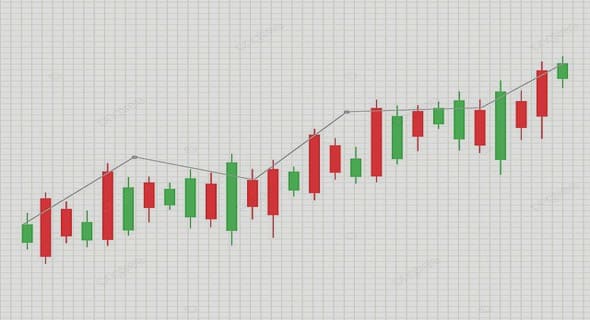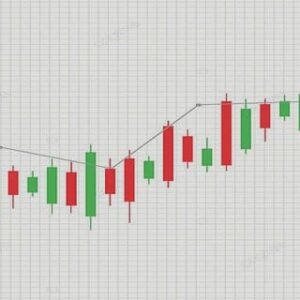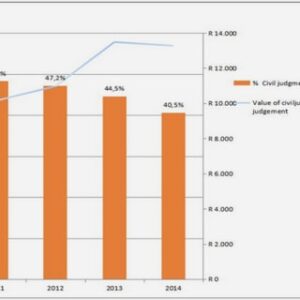(Downloads - 0)
For more info about our services contact : help@bestpfe.com
Table of contents
I Introduction (French version)
Introduction
Le contexte
Irreversibilité et incertitude
Sur la résolution numérique des équations de Bellman
Efficacité énergétique
Sur la substitution des ressources I
Sur la substitution des ressources II
II English version
1 Introduction
1.1 Context
1.2 Irreversibility and uncertainty
1.3 On numerically solving Bellman equations
1.4 Energy efficiency
1.5 On the substitution of resources I
1.6 On the substitution of resources II
2 Using Chebyshev polynomials
2.1 Introduction
2.2 The optimal stopping problem
2.2.1 Description of the model
2.2.2 Solving the model analytically
2.3 The matrix model
2.3.1 A numerical approximation of the value function
2.3.2 Collocating the collocation points
2.3.3 Value matching condition and Chebyshev coefficients
2.3.4 Smooth pasting condition and the optimal stopping time
2.3.5 Results
2.4 Introduction to non-linear optimal stopping problems
2.4.1 Linearizing the non-linear equation
2.4.2 Using the smooth pasting condition
2.4.3 Results
2.5 Conclusion
2.A An illustrative example with N=2
3 Energy-saving Technology
3.1 Introduction
3.2 The Model
3.3 The Optimal Path after Adoption
3.4 The Optimal Adoption Timing with no Discounting
3.4.1 The Marginal Value of Wealth
3.4.2 Boundary Conditions
3.4.3 Comparative Statics
3.5 The Optimal Adoption Timing with Discounting
3.5.1 An Approximate Value Function Before Adoption
3.5.2 Choosing the Coefficients
3.5.3 Results
3.6 Conclusion
3.A Solving the Optimal Program after Adoption
3.B Solving the Optimal Program Before Adoption
3.C Comparative Statics
4 Switching from Non-Renewable to Renewable Resources
4.1 Introduction
4.2 The model
4.3 Three steps to solve for the optimal switching time
4.3.1 Step 1: Production with non-renewable inputs
4.3.2 Step 2: The optimal path after the switch
4.3.3 Step 3: The opportunity to switch and the optimal switching time
4.4 The natural resource’s renewal function and the steady state behaviour of the resource after the switch
4.4.1 The natural resource’s renewal function
4.4.2 The steady state behaviour of the resource after the switch
4.5 Results
4.6 Conclusion
4.A Numerical approximations and more on sensitivity analysis
4.B Solving the Hamilton-Jacobi-Bellman equation
4.B.1 The non-regulated process case
4.B.2 The regulated process case
5 Switching to clean(er) technologies
5.1 Introduction
5.2 The model
5.3 The optimal path after the switch, and the case without an option to switch
5.3.1 The after the switch case
5.3.2 The no option to switch case
5.4 The optimal switching time, the undiscounted case
5.5 Comparative Statics
5.5.1 No technological improvement in the solar panel process
5.5.2 Technological improvement in the solar panels sector
5.6 The optimal switching time, the discounted case
5.6.1 A numerical approximation of the value function
5.6.2 Results
5.7 Conclusions
5.A Proof of Proposition 5.1
5.B Proof of Proposition 5.2
5.C Proof of Propositions 5.3 and 5.4
5.C.1 Proof of Proposition 5.3
5.C.2 Proof of Proposition 5.4
6 Conclusion
References




